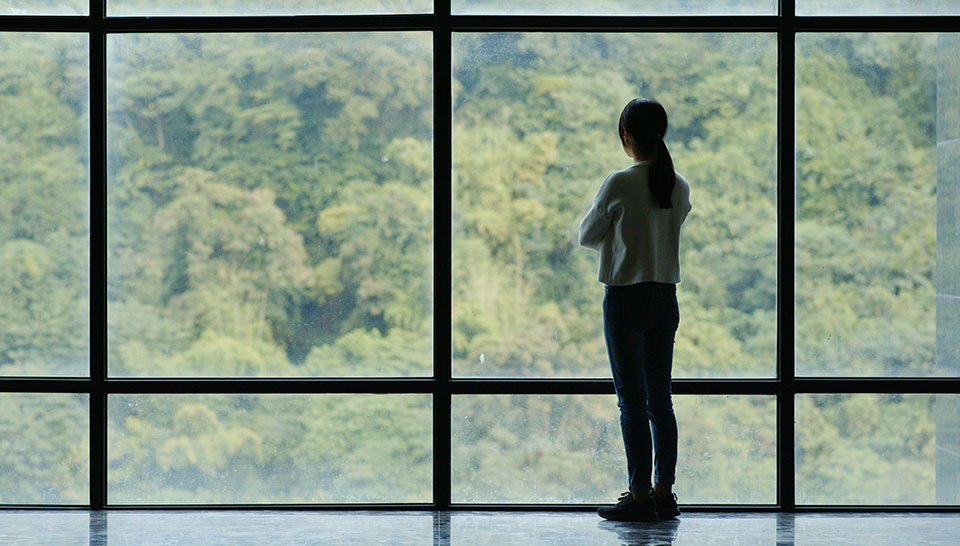How Leaders Can See Solutions Amidst the Shards

Everything is broken. A new normal eludes us, so we plod on.
There is a better way for leaders to see our world in a changed and more productive light. The solution to so many setbacks has roots in an unlikely practice that’s right before our eyes: how we look at works of art. Specifically, we must examine the process of how art is created—and has been for millennia, across myriad cultures—and use that same creativity to move us safely toward a more sustainably productive and less burdensome future.
When ceramicists and potters fire vases, cups, and bowls, inevitably some emerge from the kiln crooked, cracked, or broken. In Japan, rather than discard the flawed pottery, artisans fill the cracks with shiny metallic lacquer, making each piece unique and more prized and precious than any perfect version. “Kintsugi,” this process of filling the cracks, is precisely what the times demand. We must practice and master it now, to lead—and thrive—in our shard-filled lives.
Problem solving—whether minor annoyance, intractable dilemma, or something in between—should neither repulse nor scare us. Individually and collectively, personally, and professionally, we all confront problems; they are an indelible part of life. Coupled with the seclusion and uncertainty this virus has forced upon us in the last two years, a rational and reliable approach to problems seems distant and unattainable.
It is not.
Leaders need merely to borrow from every artist’s playbook, dividing solutions into the same three buckets that drive the creation of a work of art: prep, draft, and exhibit. Every artistic creation, from its moment of inspiration to its exhibition, travels a well-honed journey that lends itself perfectly to innovative problem solving of all types.
To prep, we need to define the problem: Articulate precisely, to yourself, your managers, and their teams,, the circumstances surrounding the unresolved issue and discard all that is extraneous, distracting, and not immediately necessary. To draft, we must set a realistic deadline. Artists, at a minimum, have commissions, time constraints, and finite resources they must harness to create what is asked of them. If we put time parameters around our own problem, we establish a framework that ultimately will lead to a resolution, a light at the end of the tunnel—even if it is the proverbial oncoming train. As we fine tune our draft, it is imperative to remember the importance of “why.” Why are we and our companies in this situation? Why did we get here? Why do we want to solve this problem? By prioritizing the numerous facets of “why,” a paradigm for a solution will come into view.
Sometimes we must concentrate on the “why” of the present, eliminating the “whys” of the past and the future . By curbing our and our companies’ focus to the problem’s immediacy, the future will take care of itself. Finally, to exhibit the solution and demonstrate we have vanquished the problem, we need to repair our mistakes, filling those cracks with gold. Acknowledge errors and missteps—individually and collectively, irreparable and harmless—and build a solution around them, not in spite of them. Indeed, kintsugi honors the struggle, brings mistakes to the fore, and helps us—and those who work with us—see viable solutions amidst the brokenness.
Creativity of the human spirit has persevered for millennia, and now is not the time to fool with success. Instead, leaders must commit to help solve the problems this pandemic has put in our path and get on with our lives and our work, one exquisite solution at a time.
Written by Amy E. Herman.
Bring the best of the CEOWORLD magazine's global journalism to audiences in the United States and around the world. - Add CEOWORLD magazine to your Google News feed.
Follow CEOWORLD magazine headlines on: Google News, LinkedIn, Twitter, and Facebook.
Copyright 2025 The CEOWORLD magazine. All rights reserved. This material (and any extract from it) must not be copied, redistributed or placed on any website, without CEOWORLD magazine' prior written consent. For media queries, please contact: info@ceoworld.biz








